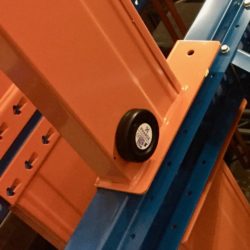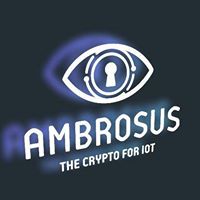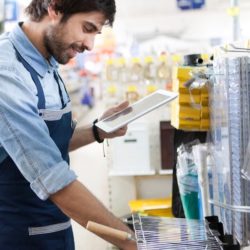Sensors: tuning into the supply chain

With its new generation of Internet of Things (IoT) sensors for supply chains, Pharox offers easy-to-manage systems that are scalable, transferrable and can fit into a standardized process. The supplier is responding to the need for the digitalization of universal and uniform supply chain systems.
Although IoT technology is not completely new, the Pharox sensors make it possible to combine different types with a specific focus on logistics. In effect, Pharox gives a ‘voice’ to things that cannot talk. The sensors compare the current location of a trailer or cargo against the scheduled location, monitor progress through the chain, detect if any light has entered boxes or containers and prove that all customs requirements have been met. “If you can demonstrate all this, then you can create a ‘green wave’; just like in traffic, you can maintain a certain speed”, says Joris Tenhagen, Director of Pharox. “The sensors provide a degree of certainty and supply chain visibility.”
Pharox platform connected to external data sources
Pharox generates a lot of data with its sensor-based IoT platform and this opens up opportunities for companies to gain new insights and optimize processes, for example – from blockchain to artificial intelligence (AI). Moreover, the Pharox platform is connected to external data sources such as weather stations around the world, facilitating even more visibility through data combinations. Pharox explores the need within a specific supply chain in order to use the sensors to optimize existing processes. “Information is generated in real time which also supports data sharing with stakeholders in the chain. This creates new value propositions for our customers, or makes it easier to automate subsequent steps in the supply chain.”
The sensors are already being used by various companies in the pharmaceutical industry, the wagon business and in food logistics, where they check the quality of fruit deliveries, for instance. What makes the Pharox sensors unique is the addition of Wi-Fi: “This ensures that you can combine indoor and outdoor in places where there is less IoT protocol coverage.”










